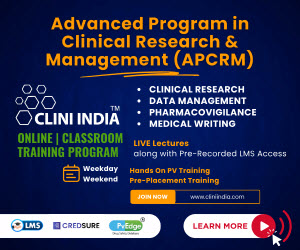BREAKTHROUGHS IN EPIGENETICS
{ DOWNLOAD AS PDF }
 ABOUT AUTHORS:
ABOUT AUTHORS:
Shashi Shekhar Anand, Navgeet, Balraj Singh Gill*
Centre for Biosciences,
School of Basic and Applied Sciences,
Central University of Punjab, Bathinda, India
gillsinghbalraj@gmail.com
ABSTRACT
The word ‘epigenetic’ was first coined by Conrad Waddington in 1946. It deals with functionally relevant modifications to the genome that do not include a change in the nucleotide sequence. Till date observation has focused on the functions of genome sequences and how their regulation occurs. The emerging epigenetic changes and the interactions between cis-acting elements with protein factors plays a central role in gene regulation as well as give insight to various diseases. To evaluate the crosstalk of DNA and protein by taking account of the whole genome, one new evolving technique which is called as ChIP-chip, works on the principle of combining chromatin immunoprecipitation with microarray. ChIP-chip has been recently used in basic biological studies and may be improved further and can be useful for other to aspects, like human diseases. Now a days large amount of discoveries by ChIP-chip and other high-throughput techniques like this may be connected with evolving bioinformatics to add to our knowledge of life and diseases.



 ABOUT AUTHORS:
ABOUT AUTHORS: 







.png)

